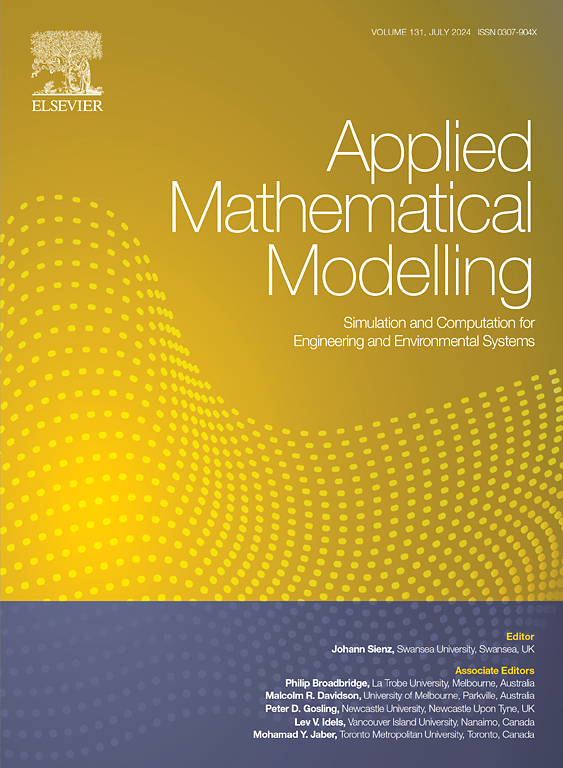A generalized isogeometric-analysis-based method for assembly accuracy prediction considering non-ideal surface morphology and part deformation
IF 4.4
2区 工程技术
Q1 ENGINEERING, MULTIDISCIPLINARY
引用次数: 0
Abstract
Assembly accuracy generally determines the work performance of a precise mechanical product, and how to accurately predict it is highly concerned. However, previous methods cannot mostly consider the coupling effect of non-ideal surface morphology and part deformation, which are inevitably introduced during manufacturing and assembly processes. Therefore, this paper develops a novel assembly accuracy prediction method that considers non-ideal surface morphology and part deformation based on isogeometric analysis (IGA). First, the non-uniform rational B-spline (NURBS) is introduced to represent non-ideal surface morphology accurately. Next, we develop a contact detection method for non-ideal surfaces. Based on this, we propose a method to determine the initial contact state, implement a three-dimensional contact algorithm to solve the contact problem, and use IGA to calculate part deformation. Finally, the precision of the proposed method is verified by comparing it with traditional methods. The comparison indicates that the impact of non-ideal surface morphology and part deformation cannot be ignored. In addition, this paper uses NURBS as the basis of non-ideal surface morphology representation and part deformation analysis, eliminates the partition between computer aided design (CAD) and computer aided engineering (CAE), and realizes the high-precision prediction of assembly accuracy.
求助全文
约1分钟内获得全文
求助全文
来源期刊

Applied Mathematical Modelling
数学-工程:综合
CiteScore
9.80
自引率
8.00%
发文量
508
审稿时长
43 days
期刊介绍:
Applied Mathematical Modelling focuses on research related to the mathematical modelling of engineering and environmental processes, manufacturing, and industrial systems. A significant emerging area of research activity involves multiphysics processes, and contributions in this area are particularly encouraged.
This influential publication covers a wide spectrum of subjects including heat transfer, fluid mechanics, CFD, and transport phenomena; solid mechanics and mechanics of metals; electromagnets and MHD; reliability modelling and system optimization; finite volume, finite element, and boundary element procedures; modelling of inventory, industrial, manufacturing and logistics systems for viable decision making; civil engineering systems and structures; mineral and energy resources; relevant software engineering issues associated with CAD and CAE; and materials and metallurgical engineering.
Applied Mathematical Modelling is primarily interested in papers developing increased insights into real-world problems through novel mathematical modelling, novel applications or a combination of these. Papers employing existing numerical techniques must demonstrate sufficient novelty in the solution of practical problems. Papers on fuzzy logic in decision-making or purely financial mathematics are normally not considered. Research on fractional differential equations, bifurcation, and numerical methods needs to include practical examples. Population dynamics must solve realistic scenarios. Papers in the area of logistics and business modelling should demonstrate meaningful managerial insight. Submissions with no real-world application will not be considered.
 求助内容:
求助内容: 应助结果提醒方式:
应助结果提醒方式:


